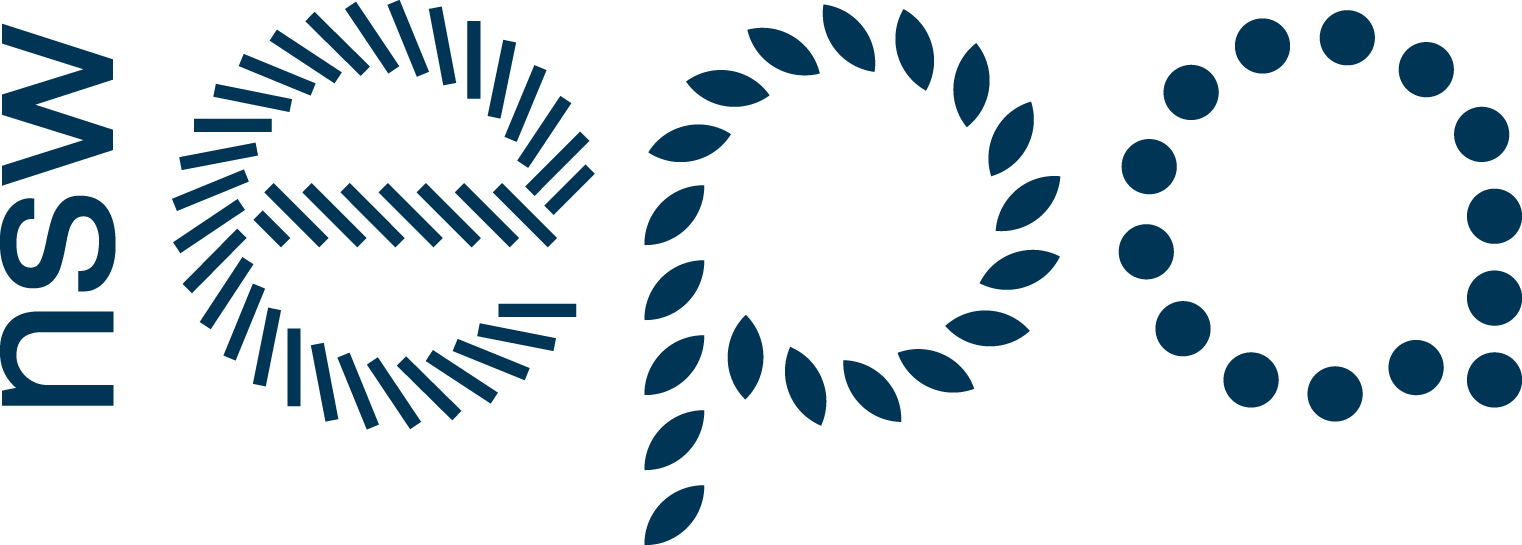The Queensland social enterprise repurposing e-waste to address energy poverty
By Lucy Jones 10 March 2021
Using old laptop batteries to build renewable power sources for people without access to electricity.
Each year in Australia, only 2 per cent of lithium-ion battery waste is recycled. This is despite the fact that around 95 per cent of battery components can be recovered to make new batteries or other products.
A social enterprise from Queensland has developed a recycling solution for lithium-ion batteries found in laptops that also provides power to energy poor communities. Town planner Nicholas Kamols and social entrepreneur Brad Clair are the brains behind PowerWells — solar-powered devices made from old laptop batteries and perspex from used computer monitors and televisions.
The product was developed as part of a start-up weekend hosted by Brisbane recycling facility Substation 33. When challenged to come up with a recycling solution for e-waste, Nicolas and Brad developed the 'paint bucket', the first prototype of their innovative product.
"If we can use batteries that are going to end up in landfill anyway, we might as well use those to power people who don't have electricity," Brad told ABC News.
"We actually put a whole heap of batteries into a paint bucket and we thought that was good enough. We had a solar panel that connected into it, we had three little USB outlets so you could charge your phone and then, on the inside it was full of recycled laptop batteries."
The pair have since brought PowerWells to the Indonesian island of Sumba as part of a plan to tackle energy poverty in the country. Approximately 10 per cent of people living in Indonesia don't have access to power, with a total population of just over 270 million that translates to around 27 million people.
"There's so much potential in this [PowerWells]," Nicholas said.
"There are 800 million people around the world who lack access to electricity, and this is a solution that ticks so many boxes."
One PowerWell can provide electricity for a household of 8 to 10 people. The PowerWell system is available on a pay as you go basis meaning there are no large upfront costs for residents. So far, 100 PowerWells have been shipped to Indonesia with 157 more ready to be sent next month.
So how do they work? PowerWells are plug-and-play devices that can be used to power lights, charge phones and run appliances. The devices have four USB ports, a solar input and a 12-volt output that can power essential devices like laptops. They are designed for rural off-grid homes and run on solar power.
In addition to manufacturing PowerWells in Australia using our e-waste, Nicholas and Brad are looking into the possibility of replicating this process around the world.
"We want to try and set up battery re-purposing facilities all over the world where people can pull apart their own e-waste and we just tell them how to build it. Then we can just send over the printed circuit boards, so everything will be mostly manufactured in their own country," Brad said.
"They'll be using their waste, their labour."
Positive Environment News has been compiled using publicly available information. Planet Ark does not take responsibility for the accuracy of the original information and encourages readers to check the references before using this information for their own purposes.
Lucy started her career working as a writer and editor in print and digital publishing. She went on to create content for Australia's leading sustainable fashion platform while completing her Master of Cultural Studies. Lucy spends her downtime at the beach, crocheting and hanging out with her cat Larry. She believes words can change the world and is stoked to help Planet Ark spread the message of positive environmental change.

